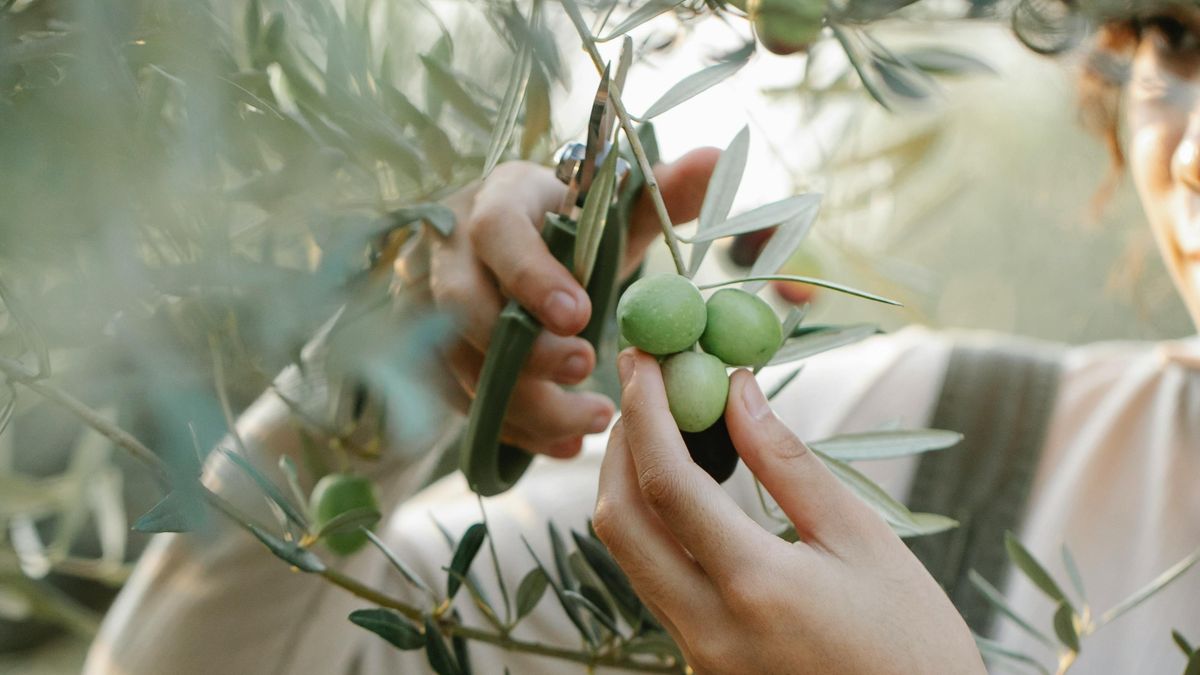Butter cons, oil pros - their effects on your longevity

Time to pivot.
Butter might not be your best friend after all. A large 33-year study of over 221,000 adults just linked higher butter intake to increased mortality—raising a big question: is it time to ditch the dairy?
Key Facts & Findings
- Massive cohort: The research tracked 221,054 participants across three big US studies for more than three decades.
- Butter trouble: Highest butter consumers saw a 15% uptick in total mortality risk—yikes.
- Oil advantage: Swapping in plant-based oils (soybean, olive, canola) was tied to a 16% drop in all-cause mortality.
- Cancer risk: Butter eaters had a higher risk of cancer-related deaths, while plant-based oils cut both cancer and cardiovascular disease deaths.
- Life-saving swap: Substituting 10 g/day of butter with plant-based oils led to an estimated 17% lower total mortality.
Additional context and expert insight
Why does this matter? Simple: fewer saturated fats could mean fewer heart attacks and better overall health. Plant oils come packed with unsaturated fats, known for lowering “bad” LDL cholesterol and inflammation. One researcher noted, “Even small daily swaps from butter to plant-based oils can add up over time.”
Looking ahead
Expect more studies on how these benefits hold for different groups. In the meantime, a quick action tip: consider replacing that tablespoon of butter with canola or olive oil in your next meal. It’s a simple, tasty tweak that may help tip the longevity scales in your favor.
And switching to vegetable oils not only reduces the risk of premature mortality, but also provides access to a wide range of different oils, each of which contributes specifically to improving certain aspects of health.
"For example, olive oil has a particularly positive influence on the cardiovascular system, sunflower oil and grape seed oil contain relatively high levels of vitamin E, which contributes to cell protection as an antioxidant, and coconut oil provides many medium-chain fatty acids that can be utilized more quickly by the body and thus provide energy quickly", emphasizes our longevity specialist and founder Karol Domagalski.
References
Author: Dennis Esser
Bioharmony 💚📈 https://www.bioharmony.de/




